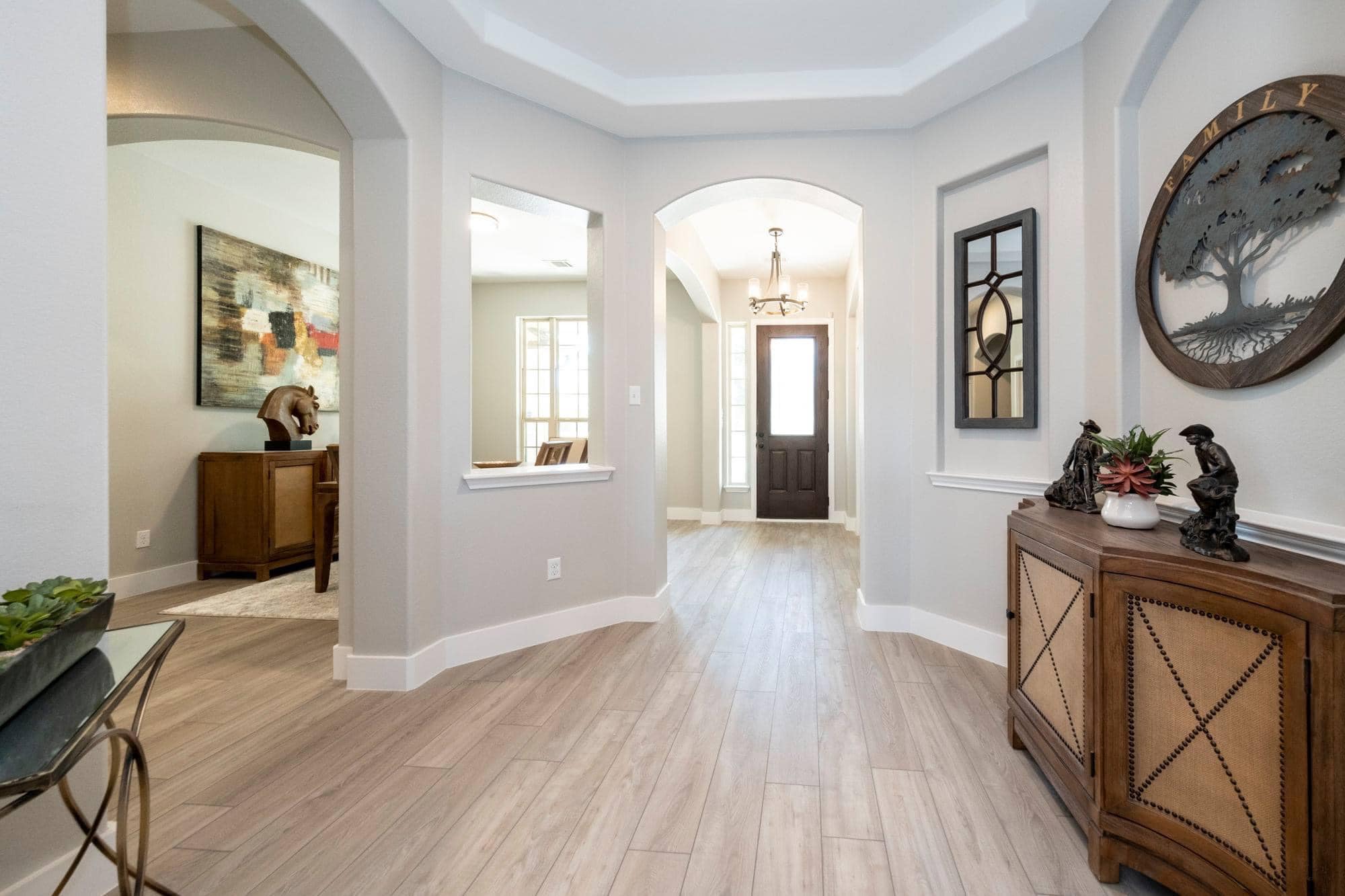
The Art of Interior Painting: Choosing Colors and Techniques
May 18, 2023

Interior painting has the power to transform the look and feel of a space. Whether you're embarking on a full room makeover or simply refreshing the walls, choosing the right colors and techniques can make a significant impact. In this blog post, we will delve into the art of interior painting, providing insights on selecting colors and exploring various techniques to help you create a stunning and harmonious atmosphere in your home.
Choosing Colors:
Consider the Mood: Colors have the ability to evoke emotions and set the mood in a room. Consider the desired atmosphere you want to create. Warm tones like reds, oranges, and yellows can add vibrancy and energy, while cool hues like blues, greens, and purples promote calmness and relaxation. Neutrals like whites, grays, and beiges offer versatility and a timeless appeal.
Assess Natural Light: Natural light plays a crucial role in how colors appear on the walls. Take note of the amount and direction of natural light in the room. North-facing rooms tend to receive cooler light, while south-facing rooms enjoy warmer light. Test paint swatches on the walls and observe how they interact with the light throughout the day before making a final color decision.
Coordinate with the Décor: Consider the existing furnishings and décor elements in the room. Choose colors that complement or provide an interesting contrast to the furniture, flooring, and accessories. Create a cohesive and harmonious look by selecting colors that work well together, ensuring that the overall aesthetic is pleasing to the eye.
Sample and Test: Before committing to a color, it's crucial to sample and test it in the actual space. Purchase small paint samples and apply them on a section of the wall. Observe how the color appears under different lighting conditions and at various times of the day. This process allows you to see how the color interacts with the room's elements and make an informed decision.
Exploring Techniques:
Solid Color: The most common technique is applying a solid color to the walls. This straightforward method creates a clean and uniform appearance. It's ideal for achieving a timeless and classic look, particularly when using neutral shades. Solid color application is versatile and works well in various room styles and designs.
Accent Wall: Creating an accent wall adds visual interest and can serve as a focal point in a room. Choose one wall to paint in a bold or contrasting color while keeping the remaining walls in a complementary shade. This technique adds depth, dimension, and a touch of drama to the space.
Stripes and Patterns: For a more unique and dynamic look, consider incorporating stripes or patterns on the walls. Horizontal or vertical stripes can elongate or widen a room, while geometric or floral patterns can add visual intrigue. Use painter's tape to achieve clean and precise lines, and ensure proper color coordination to create a cohesive pattern.
Faux Finishes: Faux finishes offer the opportunity to mimic the look of different materials or textures. Techniques such as sponge painting, ragging, or color washing can add depth and character to the walls. These finishes can emulate the appearance of stone, marble, or even aged patina, adding an element of artistry to your interior spaces.
Interior painting is an art form that allows you to infuse your personal style and creativity into your home. By carefully selecting colors that align with your vision and exploring various painting techniques, you can transform your living spaces into inviting and visually appealing environments. Whether you opt for solid colors, accent walls, patterns, or faux finishes, the art of interior painting is a powerful tool for enhancing the ambiance of your home. Trust Benz Construction to bring your vision to life. Contact us at info@benztexas.